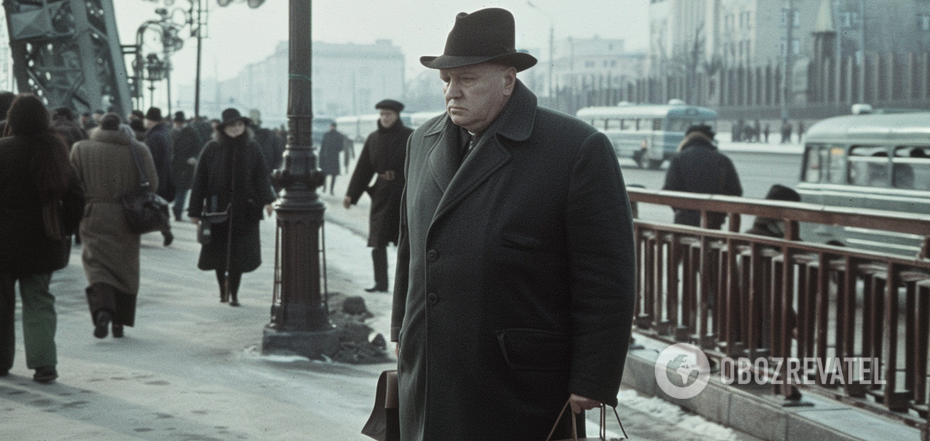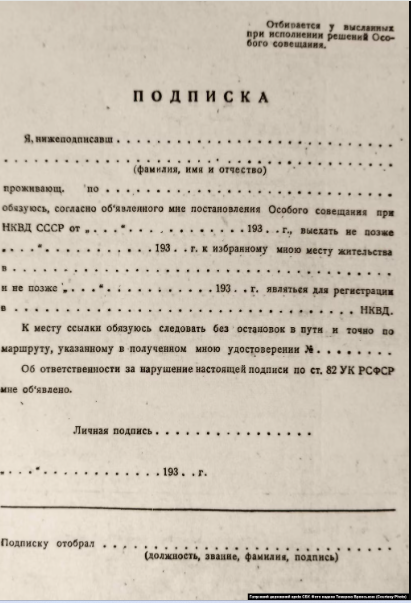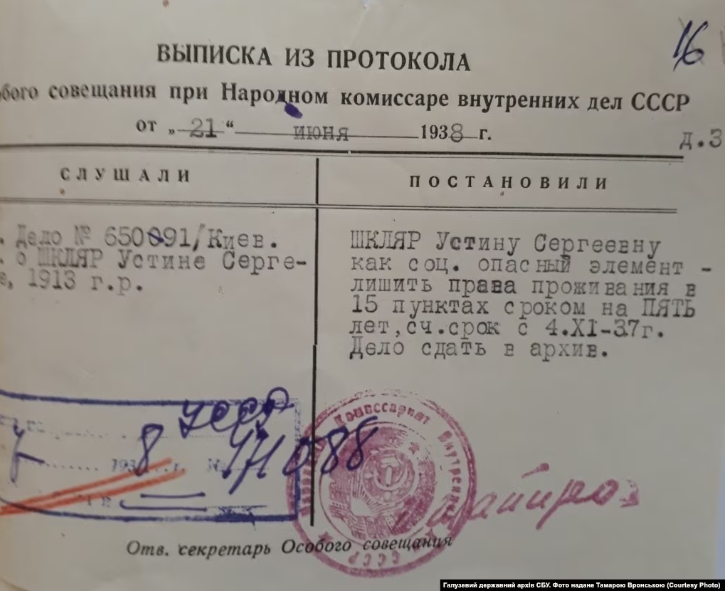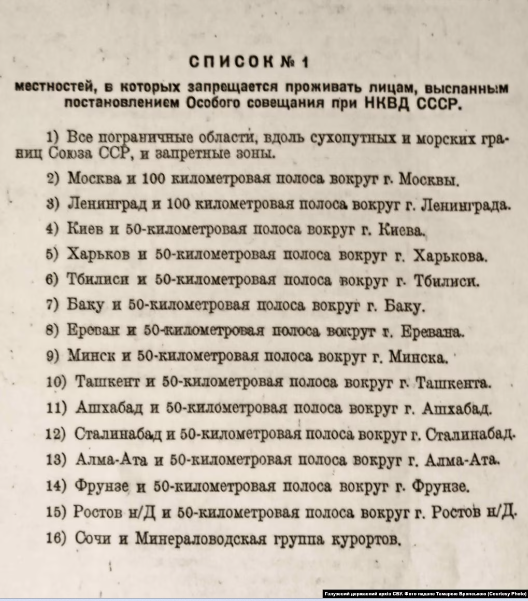News
Who were 'minusniki' in the USSR? Explaining the oldest form of Soviet punishment
The USSR was a country of political terror. In addition to the traditional methods of physical extermination, imprisonment, and exile, the so-called geographical isolation was also practiced. Citizens recognized by the authorities as "socially unreliable" were expelled from their homes and banned from living in certain areas, conditionally called "regime" areas.
Kyiv and the 50-kilometer zone around the city were considered "restricted". Radio Liberty explains who were 'minusniki' and why the USSR introduced this form of punishment.
Who were 'minusniki'
The Bolshevik regime resorted to targeted "sanitization" of certain territories. The term 'minusnik' originated among the repressed and was used in everyday communication. Today, this term can be seen in fiction, memoirs, or journalism.
'Minusniki' were people who were forced to leave a certain territory. They signed a document prohibiting them from living in certain areas.
This punishment was often imposed on "politically unreliable persons," and it arose in the course of dekulakization, the introduction of the passport system, "cleansing the borderland," and so on.
Already in 1917, the Bolsheviks issued a decree on revolutionary tribunals with a new type of punishment: expulsion from the capitals of those who opposed the new regime.
In 1922-1924, a number of directives were issued that for the first time defined the "geographic minus" (Moscow, Leningrad, Kyiv, Kharkiv, Odesa, Rostov-on-Don), popularly called "minus 6."
In 1930-1940, the boundaries of the restricted areas expanded significantly.
What groups were included
The following groups were labeled as 'minusniki' right away:
- representatives of the bourgeoisie, intellectuals, entrepreneurs, church leaders, etc;
- persons punished by the so-called geographical disadvantage (there were special expulsion commissions, for example, under the GPU–NKVD);
- Ukrainian peasants expelled in the process of collectivization;
- "unreliable" citizens expelled from the territories where the passport system was introduced;
- representatives of certain "suspicious" nationalities from the border areas;
- wives, children, and relatives of "enemies of the people";
- residents of western Ukraine who were forbidden to return home after being released from special settlements of the Gulag;
- political prisoners of the Gulag;
- Soviet prisoners of war.
Regime territories
The Soviet government established a list of areas where 'minusniki' were prohibited from living.
In May 1953, there were already 340 officially designated restricted cities and towns. The 50-kilometer zone around the largest cities was introduced in Kyiv, Kharkiv, Odesa, Dnipro, etc. Sometimes a 100-kilometer zone could be established.
Subscribe to OBOZ.UA channels on Telegram and Viber to keep up with the latest events.






























